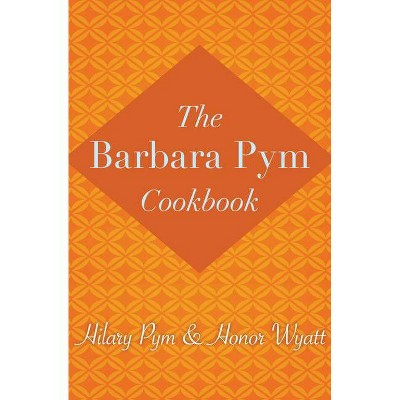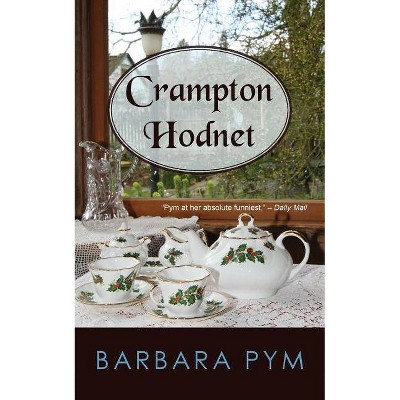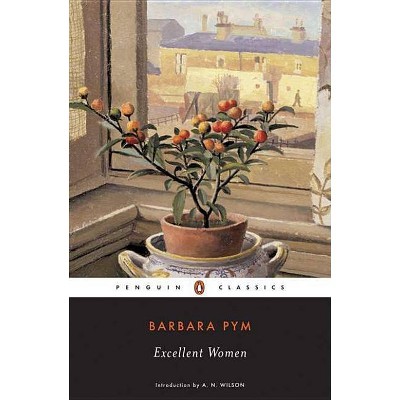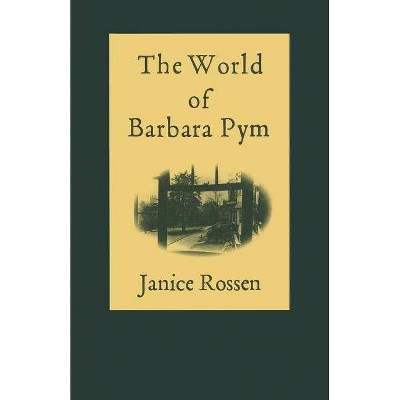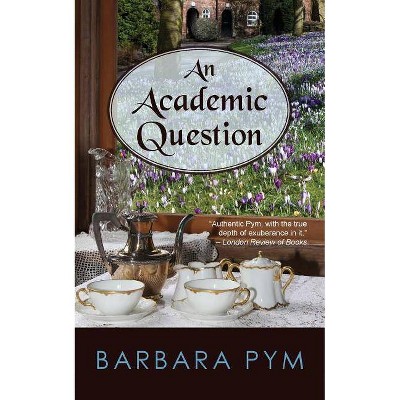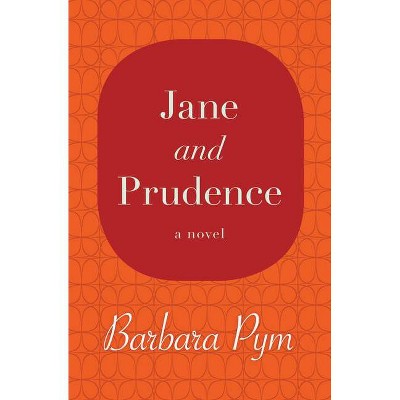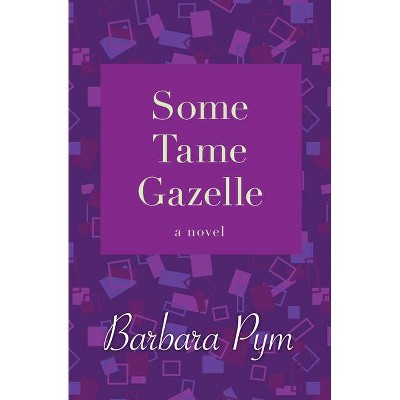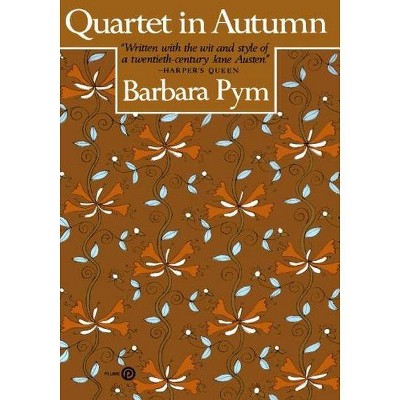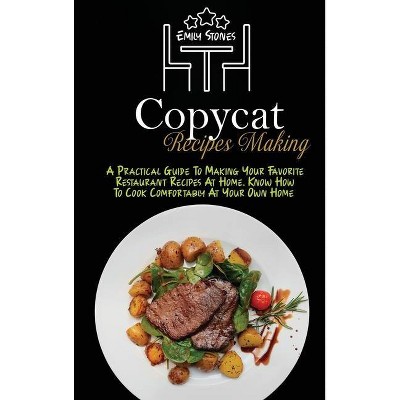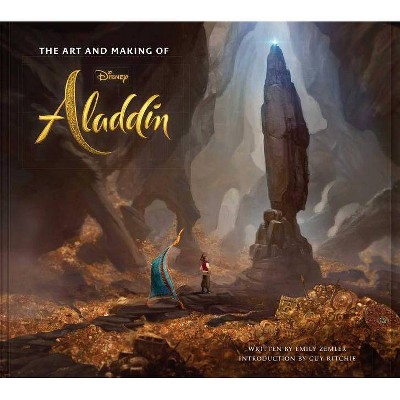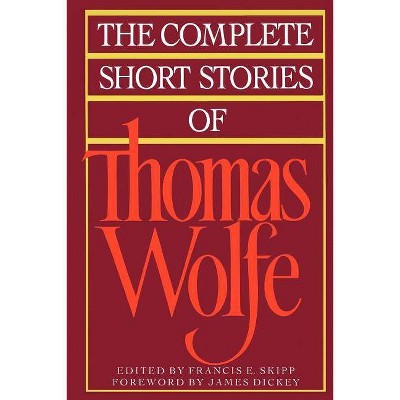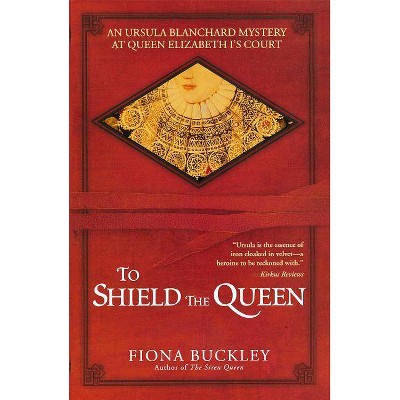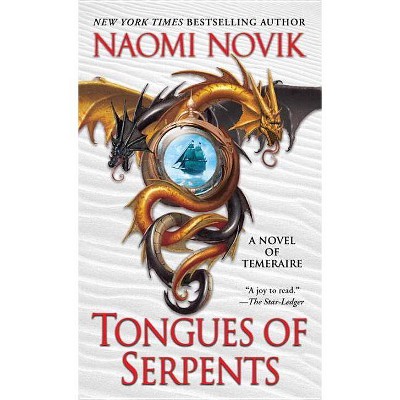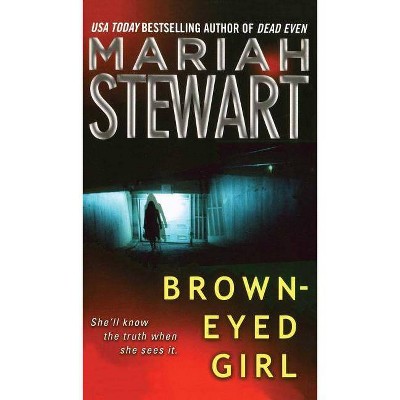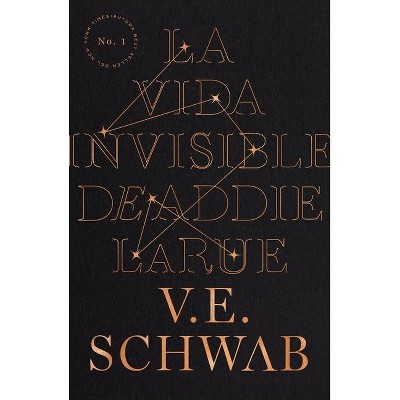The Making of Barbara Pym - by Emily Stockard (Hardcover)
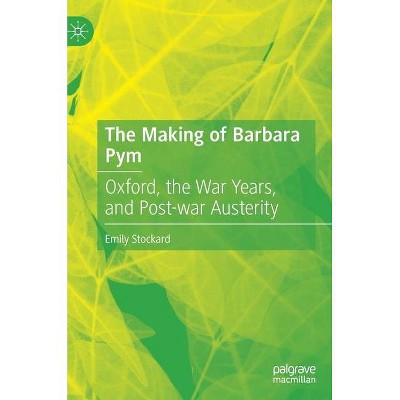
Similar Products
Products of same category from the store
AllProduct info
<p/><br></br><p><b> Book Synopsis </b></p></br></br>Introduction1 Elements of Continuity2 After Oxford: The War Years3 Crampton Hodnet: The Continuous Cycle4 Some Tame Gazelle: Continuity and Contentment5 Excellent Women: A Continuous Role6 Jane and Prudence: What Men and Women WantBibliography<p/><br></br><p><b> From the Back Cover </b></p></br></br><p>"It is always a treat to welcome a new book about Barbara Pym, especially one that is written so well: free of what Henry James referred to as the 'shackles of theory, ' aimed at the general literate reader, and above all, delivered passionately in the author's own voice. A generous helping of extracts from Pym's notebooks and commonplace book, heretofore unpublished, along with new insights into the early years of the developing writer, offer a fresh perspective from which Prof. Stockard explores 'change' as an important developing theme. <i>The Making of Barbara Pym: Oxford, the War Years, and Post-War </i><i>Austerity</i><i> </i>is a fine book on many levels."</p>--Dale Salwak, Professor of English, Citrus College, USA and editor of <i>The Life and Work of Barbara Pym</i><i><br></i><i>The Making of Barbara Pym</i> offers new insights into Pym's formative years as a writer, during which she honed a complex view of the necessity of change on individual and cultural levels. Supported by newly published archival material, this comprehensive study of Pym's early work explores her personal and fictional pre-war and wartime writing, including unpublished and posthumously published works, before looking closely at <i>Some Tame Gazelle</i> and <i>Excellent Women</i>, published during Britain's post-war austerity period. Of central importance is a new recognition of Pym's use of social roles, particularly those of women, as proper avenues for change. The book traces how Pym came to devise characters whose individual development can be seen as analogous to or representative of larger cultural movements. Pym uses the spinster figure to embody the forward-looking cultural perspectives that she endorsed and then, finally, in <i>Jane and Prudence</i>, to figure the end of Britain's austerity period.<br><b>Emily Stockard</b> is Associate Professor of English at Florida Atlantic University, USA. A graduate of the University of North Carolina-Chapel Hill, she has taught classes in British literature, from Chaucer to the 18<sup>th</sup> century. She has published on 16<sup>th</sup> and 17<sup>th</sup>-century poetry and drama and, most recently, on Denton Welch and Barbara Pym.<p/><br></br><p><b> About the Author </b></p></br></br><b>Emily Stockard</b> is Associate Professor of English at Florida Atlantic University, USA. A graduate of the University of North Carolina-Chapel Hill, she has taught classes in British literature, from Chaucer to the 18<sup>th</sup> century. She has published on 16<sup>th</sup> and 17<sup>th</sup>-century poetry and drama and, most recently, on Denton Welch and Barbara Pym.
Price History
Price Archive shows prices from various stores, lets you see history and find the cheapest. There is no actual sale on the website. For all support, inquiry and suggestion messages communication@pricearchive.us
